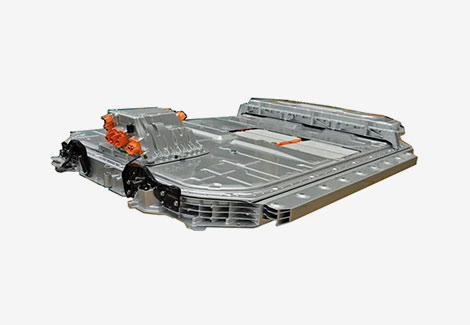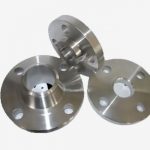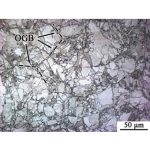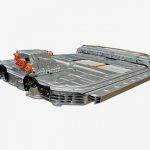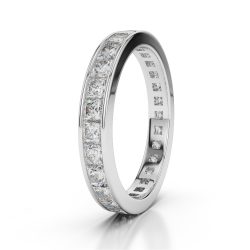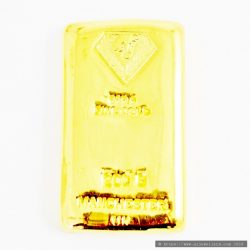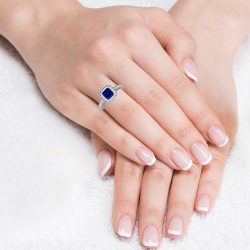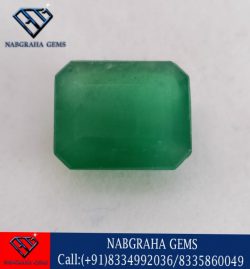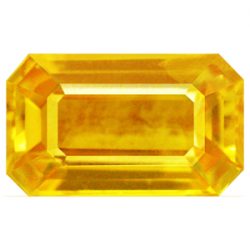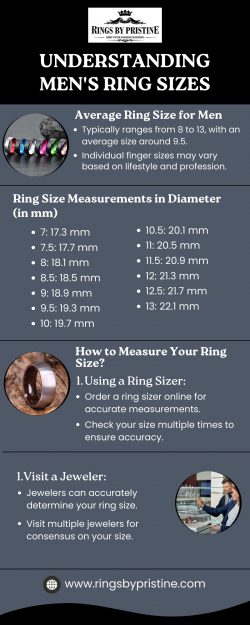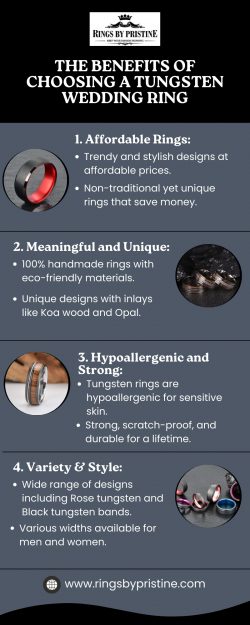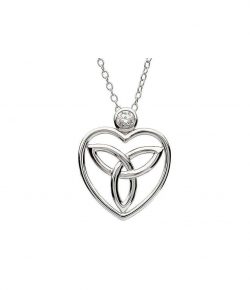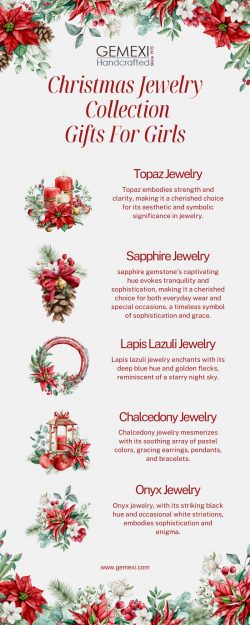FSW Products
Cheeven is committed to the development, application and promotion of FSW friction stir welding technology. Pro in friction stir welding, Cheeven has rich experience in R & D and production of FSW products, especially in the design and manufacturing of battery tray, electric cabinets, motor products and aluminium alloy water cooling parts of new energy vehicles. After production FSW welding, the company will conduct professional ultrasonic nondestructive testing and provide FSW products testing reports.
As one of the leading friction stir welding companies, Cheeven has independently developed additive friction stir welding technology with upper and lower double heads and intelligent visual friction stir welding technology, which is at the leading level in the same industry.
TYPES OF FRICTION STIR WELDING PRODUCTS
Battery Tray
Battery tray, suitable for new energy vehicles, aluminum alloy materials, integral casting or aluminum profile welding, heat dissipation profiles, customized according to the picture.
Water Cooling Plate
New energy vehicle battery water cooling and heat dissipation, aluminum with strong thermal conductivity, fast water cooling and heat dissipation, aluminum alloy material, not easy to corrode, customized on demand.
Battery Cold Plate
Aluminum alloy, stainless steel and other materials, suitable for new energy vehicles, semiconductors, medical equipment, aerospace, with a variety of processing technologies, support for drawing customization.
Photovoltaic Cooling Panel
Aluminum alloy material water cooling, cold aluminum plate, water cooling plate, trial photovoltaic system industry, heat dissipation profile, friction stir welding process.
Medical Equipment Water Cooling Plate
High quality, aluminum alloy, water cooling radiator, medical equipment water cooling plate, heat dissipation profile, medical equipment, for medical equipment.
Copper Water Cooling Plate
Cold copper plate, suitable for medical equipment, semiconductor industry, excellent thermal conductivity, heat dissipation material.
Semiconductor Cooling Plate
Semiconductor water-cooling plate, suitable for semiconductor equipment, the main material is aluminum alloy, stainless steel, used in new energy vehicles, semiconductors, medical equipment, aerospace, various machining technologies
Water-cooled Motor Housing
Cheeven is pro in producing cooling/cold channel, water colored aluminum motor housing, aluminum alloy motor housing, main processes include aluminum extrusion, friction stir welding water channel, suitable for new energy vehicles, heat dissipation profiles.
Water Cooling Controller
Aluminum vehicle control unit shell, electric vehicle main drive controller, main processes include die casting, friction stir welding water channel, heat dissipation profiles, customized drawings, electric control box shell.
Aluminum Alloy Wheel Welding
Automobile friction stir welding FSW aluminum rim, automobile wheel hub with good noise function, the main materials are aluminum alloy, stainless steel, suitable for automobile field.
Products
FSW Products
Battery Tray
Water Cooling Plate
Battery Cold Plate
Photovoltaic Cooling Panel
Medical Equipment Water Cooling Plate
Copper Water Cooling Plate
Semiconductor Cooling Plate
Water-cooled Motor Housing
Water Cooling Controller
Aluminum Alloy Wheel Welding
Carbon Nanotubes Products
Electric Heating Radiator
Die Casting Products
New Metal Alloy
Friction Stir Welding Process
Friction Stir Welding ProcessFriction Stir Welding ProcessVIDEO
FRICTION STIR WELDING PROCESS
The working process of FSW friction stir welding can be summarized as follow.
1. First both the work plates are clamped together same as in the butt joint. Both plate’s weldable surfaces are in contact with one another.
2. Now a rotating tool pin is inserted into workpieces at the interface surfaces until the tool shoulder touched the workpiece. This will deform the material plastically due to heating by friction force. This is a state of the joining process in which, inter-molecular diffusion will deform the material plastically due to heating by friction force.
3. Now the rotating tool is moving forward along the joint line. This will form a joint behind the tool.
4. The tool continuously moves unlit the whole weld is formed. After the joining process, the tool is separated from the workpiece. The hole created by the tool pin remains in the welding plates.
Its work can be clearly understood by the following video.
